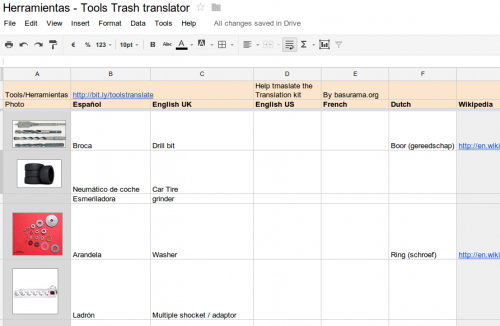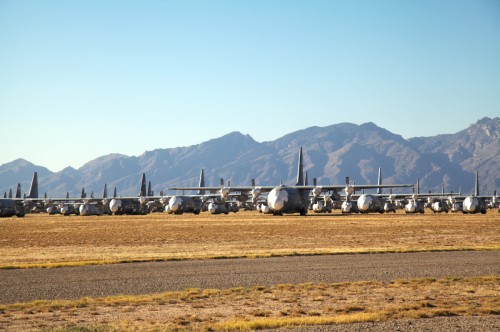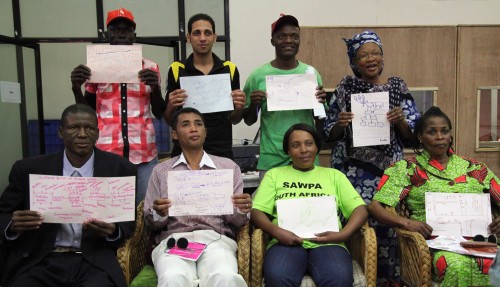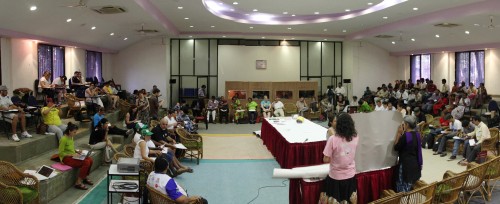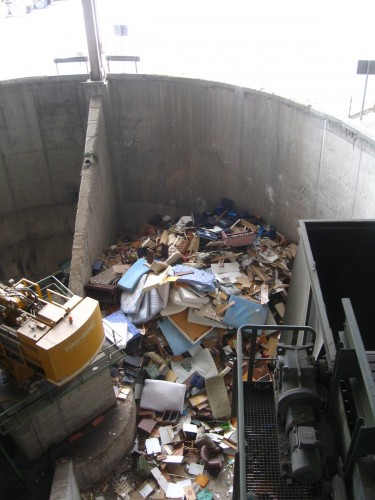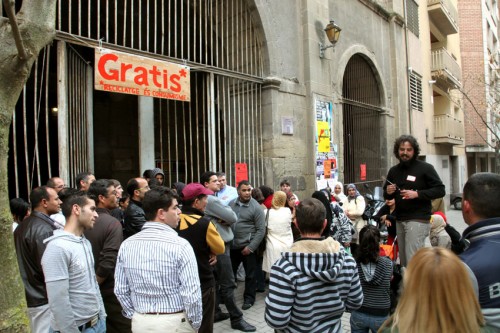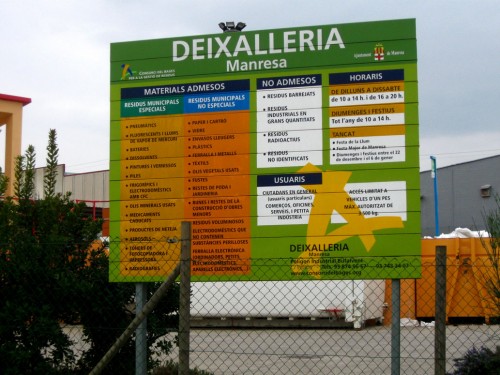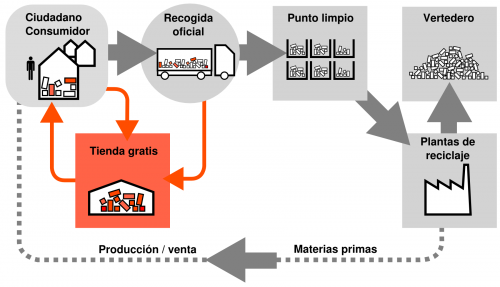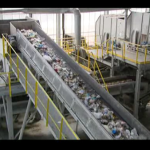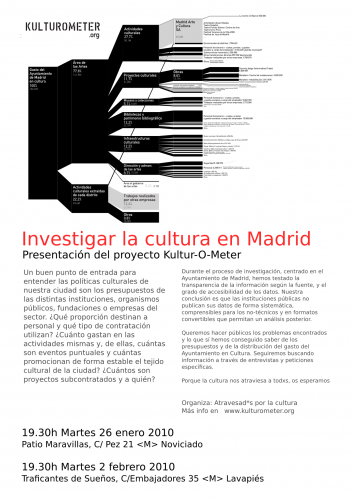We live in a socalled «Data Age», surrounded and generating huge amount of data, but we still do need more data:
How much is the packaging ratio of an object?
Packaging Waste Index (PWI) = Packaging / Total Weight
We are going to be experimenting with this index and visualizations of it in the workshop Dissecting objects that takes place tomorrow Thursday July 19th in Berlin. The workshop and the Packaging Waste Index comes from the collaboration with Dietmar Offenhuber.
How to start?
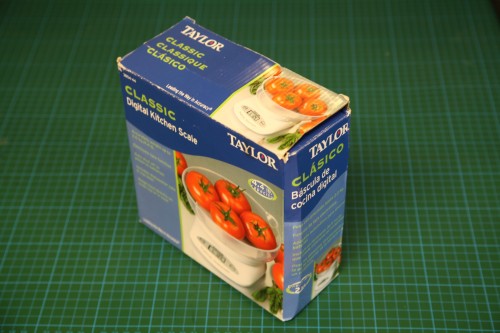
We’ve bought a scale ($22.00 USD), a normal one you can find in any hardware shop. Accuracy: 1 g. Why not starting our project by measuring the weight of the scale itself?
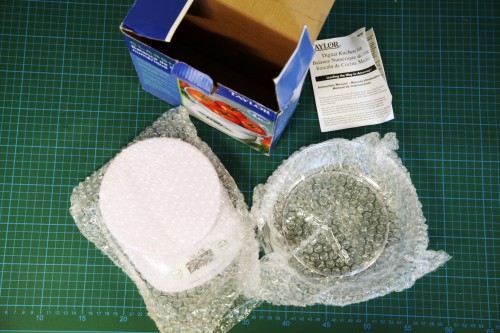
After a short unboxing ceremony we had all the objects out. Added some batteries and the scale was ready to work.
We started by weighing all the packaging together: 100g
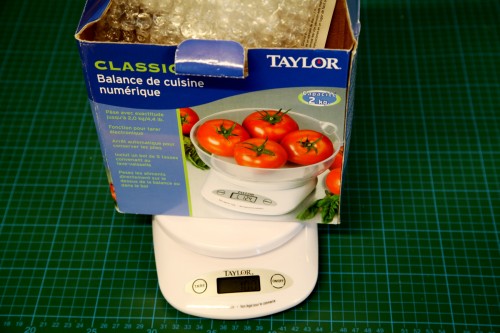
We also weigh the different packaging materials separately:
- Cardboard (coated): 81 g
- Paper: 6 g
- Plastic: 15 g
How to measure the scale?
We tried to put it upside-down, but the measures were don’t looked like very accurate (209g), when we compared them to the measure in another kitchen scale: 315g
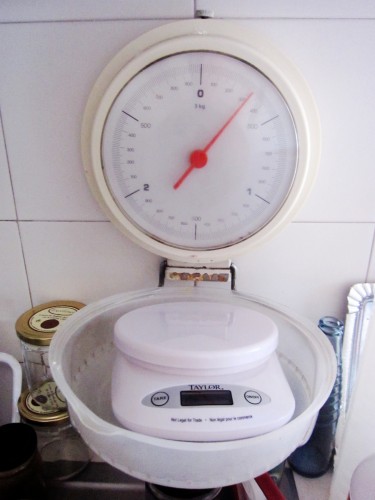
Final data:
- Scale: 315g
- Packaging: 100 g
- Cardboard (coated): 81 g
- Paper: 6 g
- Plastic: 15 g
Total weight: 315 + 100 = 415 g
As we told, the scale is not very accurate: 100 g ≠ 103 g (packaging = 81 + 6 +15 g) but is good enough to make our first data input:
Packaging Waste Index = Packaging / Total Weight =100 / 415 = 0,2409 — > 24,0% PWI
Taylor Classic 3804-44 Scale: 24,0% PWI (Packaging Waste Index)
And this is only the beginning. Imagine when start adding other data: price of recycling/price in the market of the objects-materials, CO2 footprint… and start answering «How much waste do we buy?»
We will be working in things like this in the workshop.
Any suggestion for a better name for PWI?
